In the ever-evolving landscape of Graphics Design Portfolio Website, staying ahead of the curve is crucial. Whether you’re a seasoned professional or just starting your design journey, having a captivating online portfolio is non-negotiable. Our team at [Your Company Name] has scoured the digital realm to bring you the top 15 Graphic Design Portfolio Websites for 2024. These platforms not only showcase stellar design work but also provide an enriching user experience.
15 Best Graphics Design Portfolio Website
1. Behance – The Powerhouse of Creativity
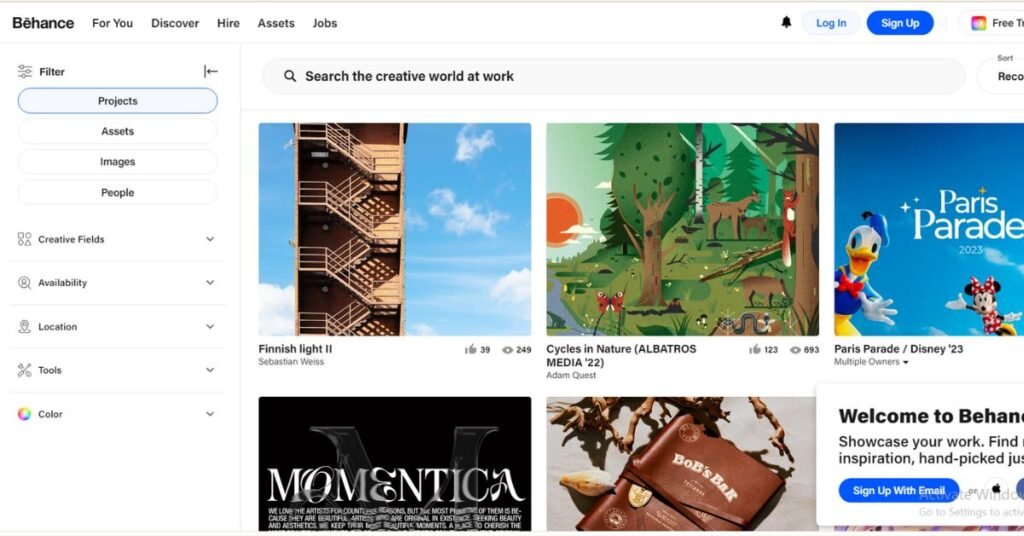
Behance stands tall as the undisputed champion when it comes to showcasing creative prowess. Boasting an extensive user base, it allows designers to exhibit their work through visually stunning portfolios. The platform’s seamless integration with Adobe Creative Cloud adds an extra layer of convenience.
2. Dribble – Where Designers Unleash their Dexterity
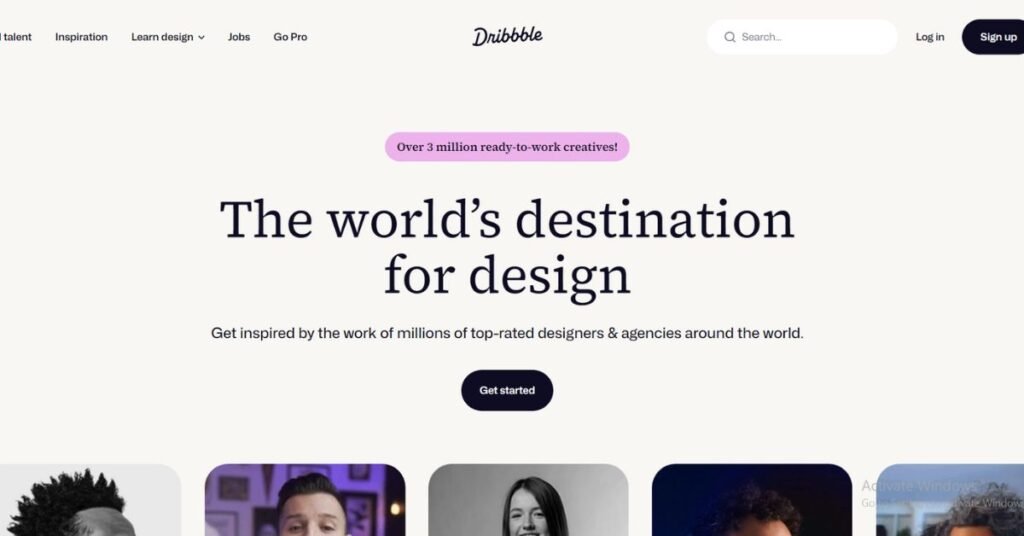
Dribble remains a go-to platform for designers looking to share bite-sized snapshots of their projects. The emphasis on ‘shots’ encourages a visually compelling display, making it a must for anyone wanting to make a splash in the design community.
3. Adobe Portfolio – Elevating Design with Simplicity
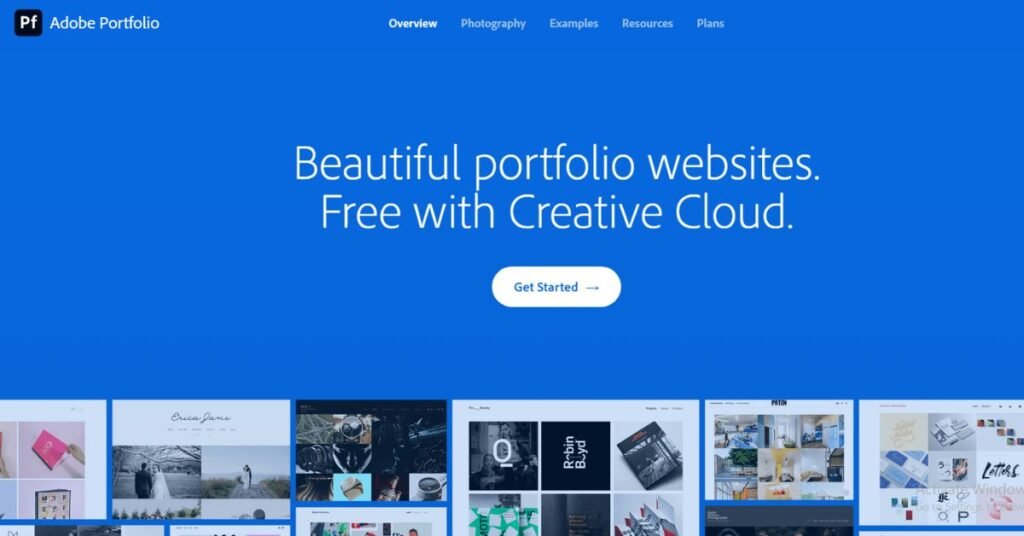
As a part of the Adobe family, Adobe Portfolio seamlessly integrates with other Adobe applications, offering a user-friendly platform for designers. The simplicity of the interface doesn’t compromise on the potential for customization, making it an excellent choice for both beginners and seasoned designers.
4. Cargo – Navigating Design Innovation
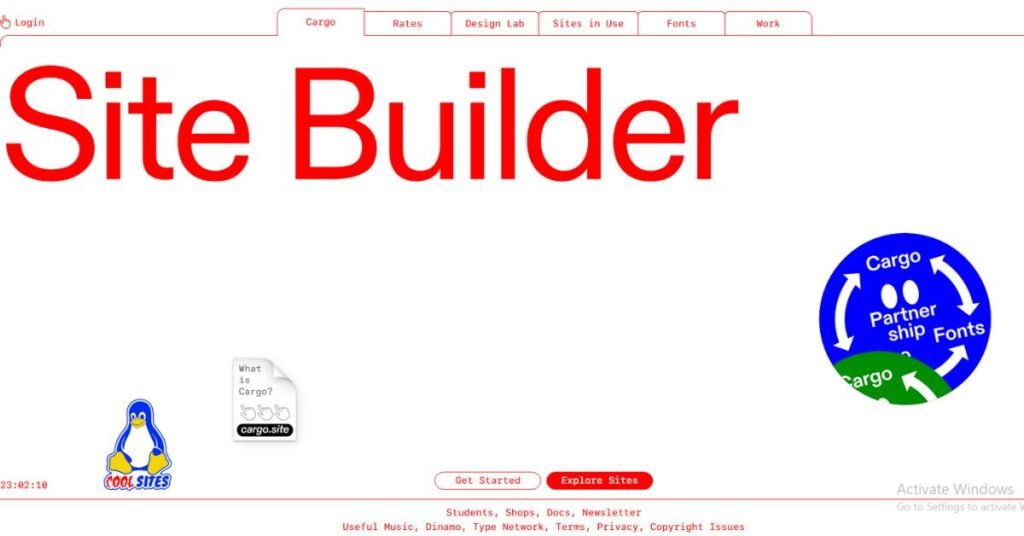
Cargo has carved its niche as a platform tailored for creative professionals. Its emphasis on design innovation and storytelling sets it apart. With its intuitive interface, designers can effortlessly create portfolios that are not only visually appealing but also tell a compelling narrative.
5. Coroflot – Bridging Design and Opportunity
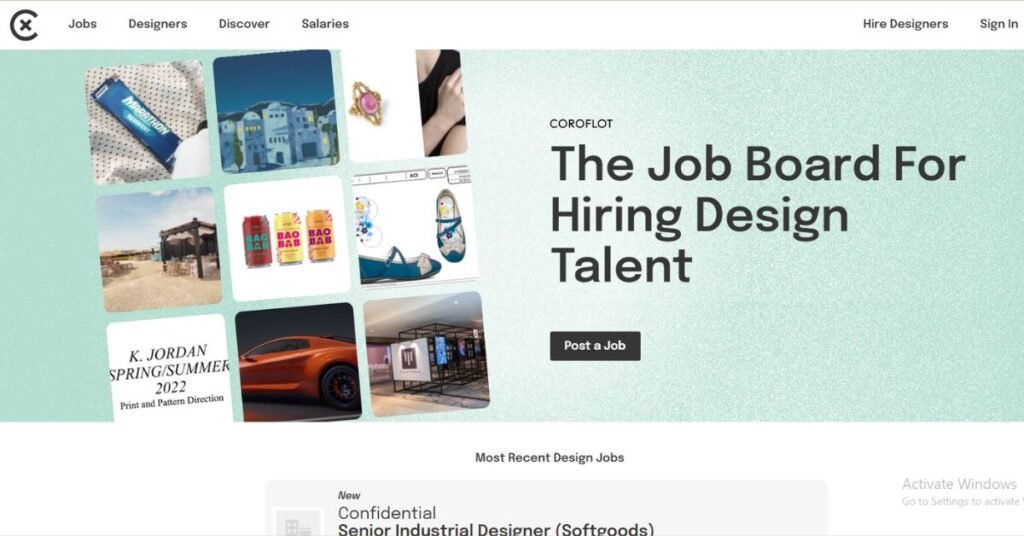
Coroflot functions as more than just a portfolio platform; it’s a hub for design professionals seeking career opportunities. Its job board and design company database make it an excellent resource for those looking to take their design careers to new heights.
6. ArtStation – Where Art and Design Converge
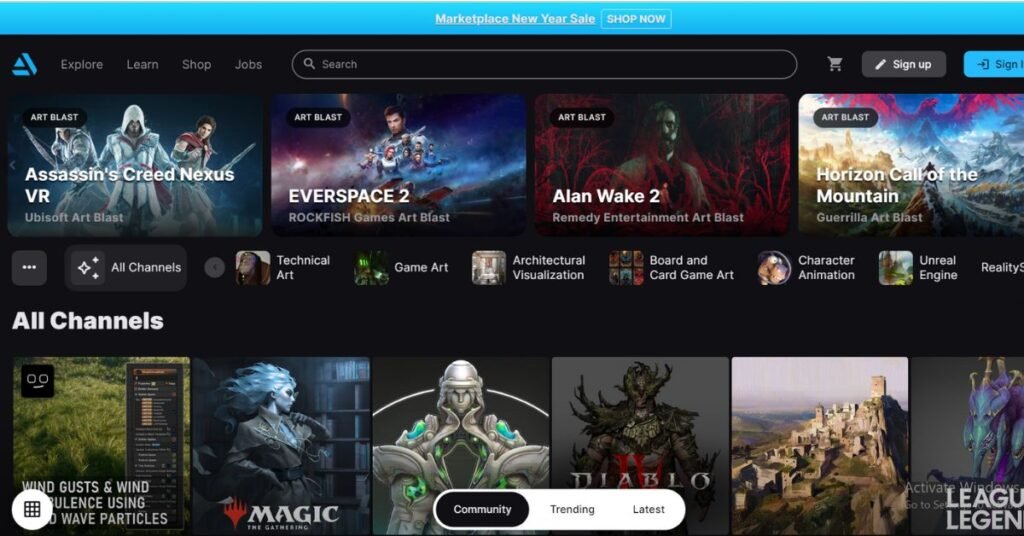
For those in the realms of gaming, animation, and digital art, ArtStation is the ultimate destination. Its immersive platform allows designers to showcase their work within a community that appreciates the fusion of art and design.
7. Aww wards – Recognizing Design Excellence
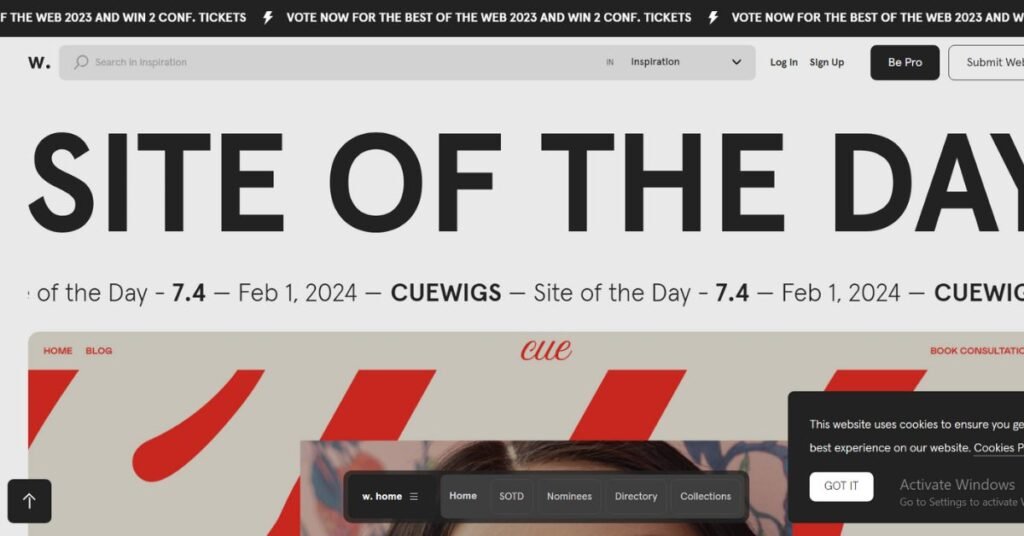
Aww wards is not just a portfolio platform; it’s a stage where design excellence is celebrated. With its focus on recognizing and awarding outstanding design, it’s a source of inspiration for designers aiming to push the boundaries of creativity.
8. Carbon made – Simplicity Redefined
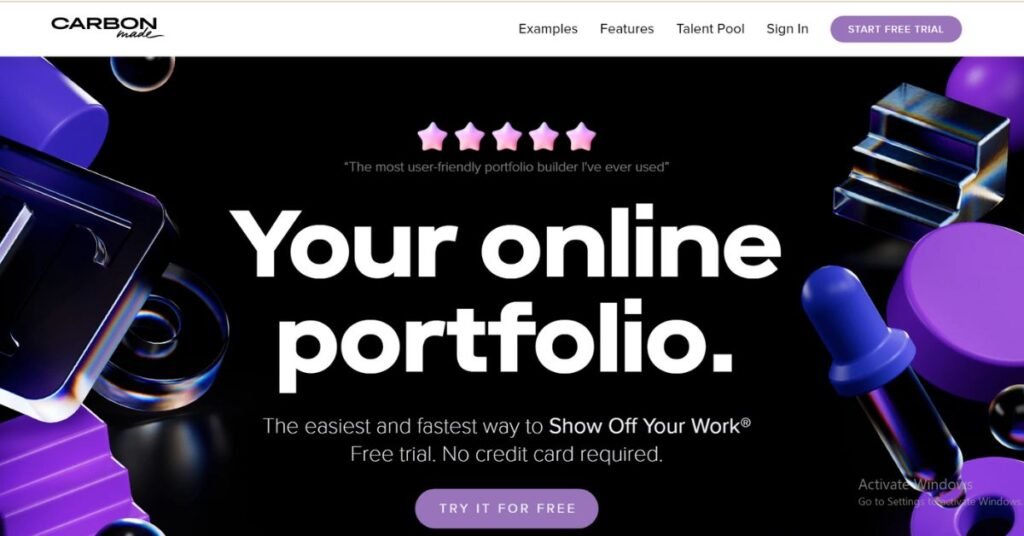
Sometimes, less is more, and Carbon made embodies this philosophy. With its minimalist approach, it provides a canvas for designers to present their work in a clean and uncluttered manner, allowing the focus to remain on the design itself.
9. Fig ma – Collaborative Design Elevation
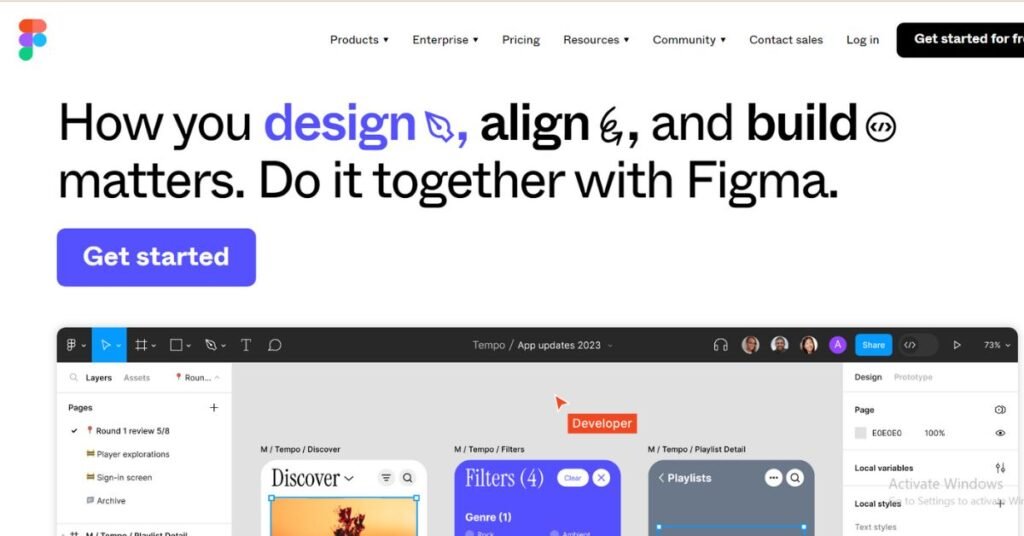
Fig ma transcends being just a design tool; it’s a collaborative platform that enables designers to create, prototype, and showcase their work. With real-time collaboration features, it’s a game-changer for teams working on design projects.
10. Designspiration – A Well of Creative Inspiration
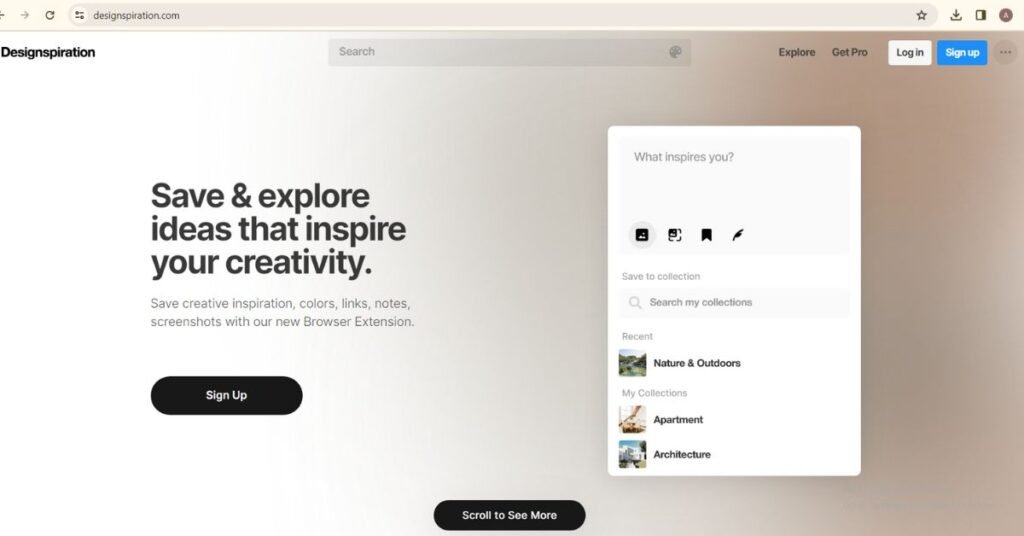
True to its name, Designspiration serves as a wellspring of creative inspiration for designers across the globe. The platform’s curated collections and community-driven content make it an invaluable resource for those seeking fresh design ideas.
11. Pinterest – Beyond Recipes and Décor

While primarily known for recipes and home decor, Pinterest has evolved into a visual search engine for design inspiration. Designers can create boards, curate content, and showcase their own work, reaching a vast audience beyond the conventional design platforms.
12. 99designs – Connecting Designers with Opportunities
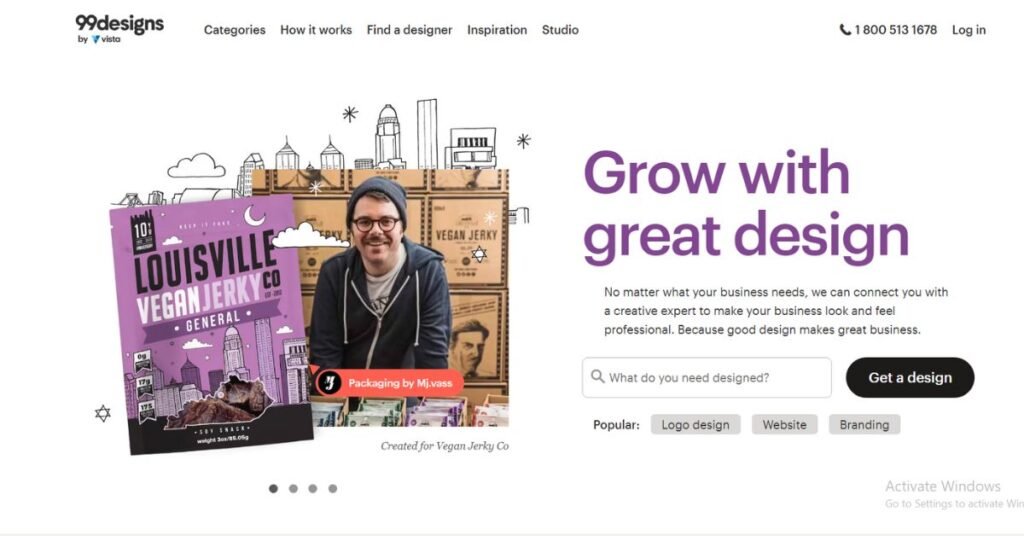
Functioning as a design marketplace, 99designs allows designers to participate in contests and connect with clients directly. It’s a dynamic platform where designers can not only showcase their portfolios but also actively engage in the design community.
13. Design Mantic – Crafting Identities with Ease

Design Mantic simplifies the design process, especially for those looking to create logos and brand identities. While it may not be a traditional portfolio platform, its user-friendly interface and design tools make it a valuable asset for designers aiming to establish a brand presence.
14. Canva – Empowering Everyone to Design
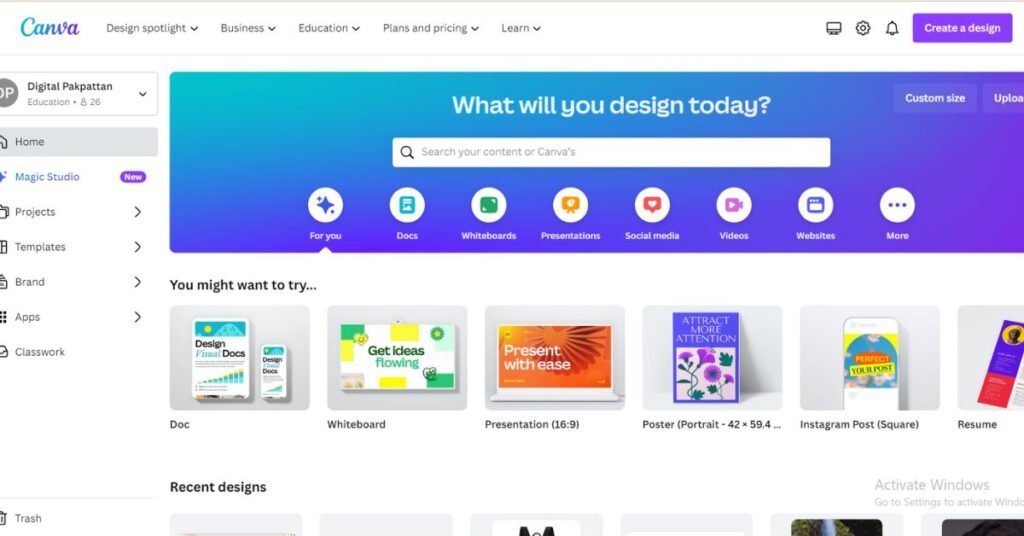
Canva, with its intuitive design tools, has democratized design, allowing individuals with varying levels of expertise to create stunning visuals. While not a conventional portfolio platform, it serves as an excellent resource for designers looking to showcase their work beyond traditional boundaries.
15. Shorthand – Elevating Storytelling Through Design
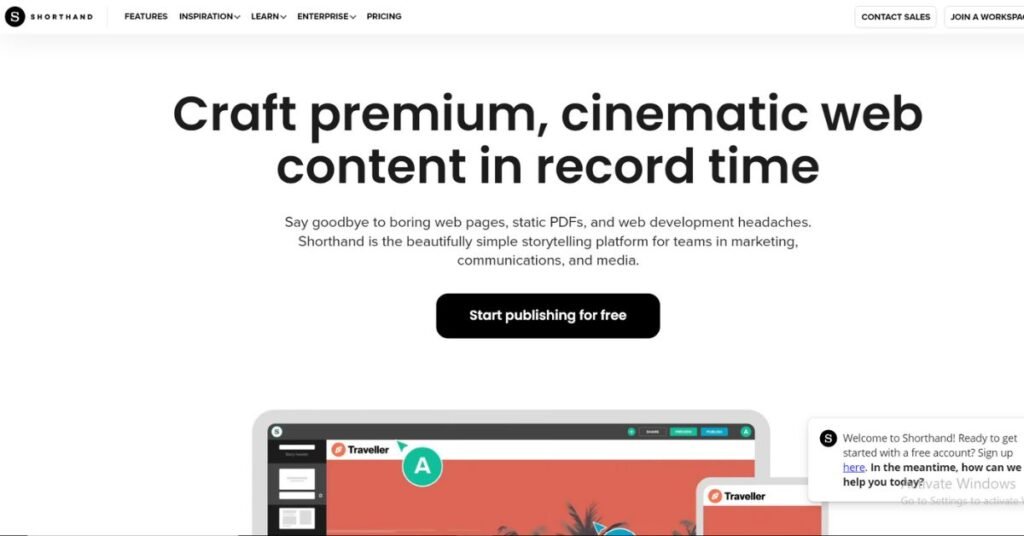
Shorthand is a unique platform that focuses on elevating storytelling through design. Designers can use this platform to create immersive and interactive stories, adding a dynamic element to their portfolios that captivates visitors.
How do I optimize my website for SEO?

Optimizing your website for SEO can be a complex process, but there are some basic steps you can take to improve your website’s visibility in search engine results pages (SERPs). Here are some tips to get you started:
- Research keywords: Identify the keywords and phrases that your target audience is searching for and incorporate them into your website’s content. Use tools like Google Keyword Planner or SEMrush to find relevant keywords.
- Create quality content: Create high-quality, informative content that is relevant to your target audience. Make sure your content is well-written, easy to read, and includes your target keywords.
- Optimize your website structure: Make sure your website is well-organized and easy to navigate. Use descriptive page titles and meta descriptions, and include relevant keywords in your URLs.
- Use header tags: Use header tags (H1, H2, H3, etc.) to structure your content and make it easier for search engines to understand.
- Optimize your images: Use descriptive file names and alt tags for your images to help search engines understand what your content is about.
- Build backlinks: Build high-quality backlinks to your website from other reputable websites. This can help improve your website’s authority and visibility in search engine results.
- Monitor your website’s performance: Use tools like Google Analytics to monitor your website’s performance and identify areas for improvement, Graphics Design Portfolio Website.
Thanks
Comments